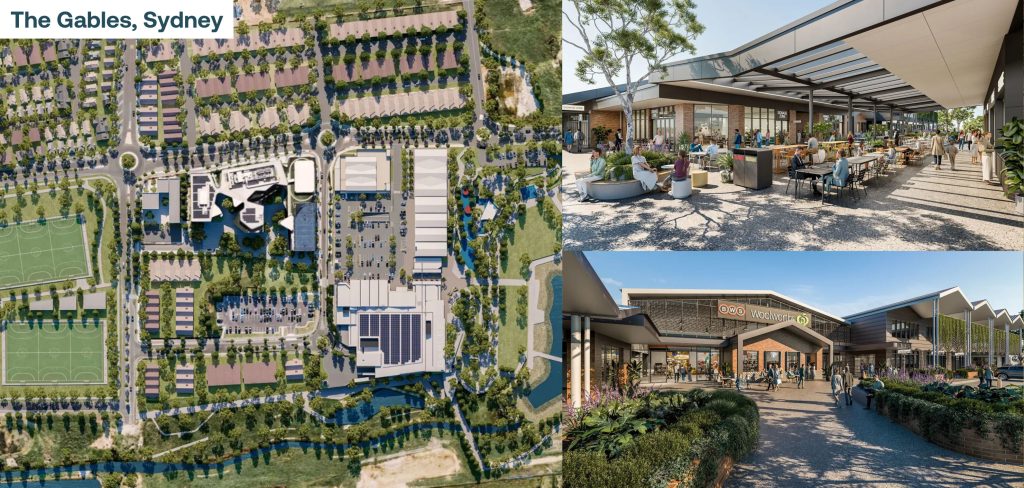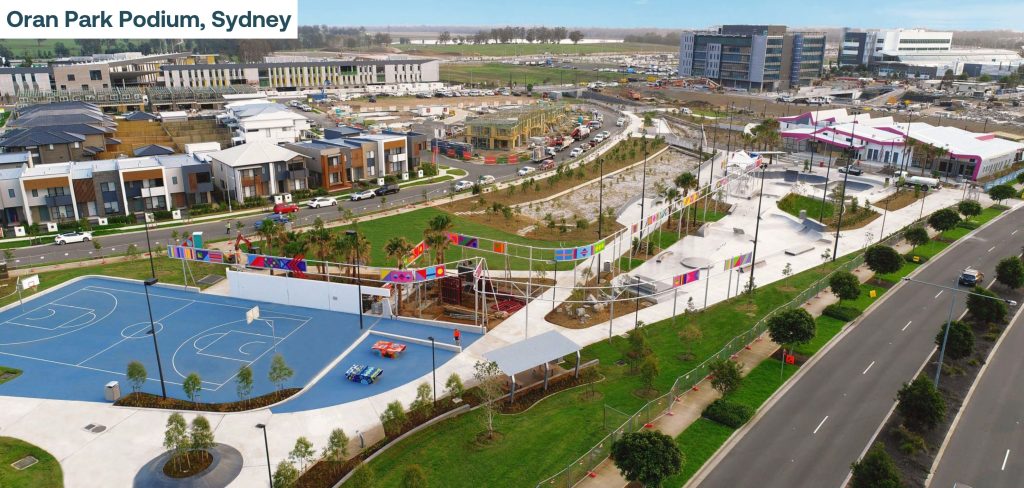
Earlier this year, the Sydney Morning Herald and The Age compiled an infographic tool mapping the geographic distribution of different occupations across Australia. In putting my occupation to view these clusters made me think about my chosen field – projecting demographic change and the resultant demand for retail facilities. Many different terms have been used to cover the work I have enjoyed for more than 30 years now – some of them flattering, and others not so kind. But typically titles such as retail economist, demographer, statistician and economic forecaster come to mind. So I typed in retail economist and the model suggested “land economist”. I was reasonably pleased with that description and to my surprise found there are more than 8,600 of us working across Australia – that’s thousands of boffins (I say experts) helping our clients make big, bold moves every day. Clients that are expanding their footprints, shaping cities and suburbs, pioneering new ways to inspire customers and grow their businesses. In a challenging market, how are these opportunities crystallising?
Population Growth
In the last year, Australia grew by almost 660,000 persons or 2.5%, well above the pre-COVID growth rate of 350,000 to 400,000 persons (1.4%). Although boosted by immigration following the reopening of the national borders, the annual rate of growth is still planned at 350,000 to 400,000 persons over the next 20 years, with the population tracking to over 33 million by 2041 (an additional 6 million people).

Retail Development
Maintaining an ideal benchmark of 2.3m2 of retail floorspace per Australian means we should be building/adding 800,000 to 900,000m2 of new retail floorspace each year. These levels have not, however, been achieved in any year since pre-GFC (2008). Put another way, one supermarket for every 10,000 persons means building 40 new stores each year, yet in reality less than 20 new major supermarkets were constructed nationally in 2023.
So, why are we not building space? The opportunities seem obvious, however, increasing construction costs (most relevant now), make it very difficult for developments to be viable, while online retailing continues to capturing a greater share of the market (albeit moderated post-COVID).
Furthermore, with a number of elections across Australia in the next 12 months (both Federal and State) promising expansionary policies (including infrastructure projects) to garner votes and ease cost of living pressures, competition with the public sector constrains the private sector’s ability to compete for labour and materials. In addition, with interest rates potentially remaining high by recent standards, holding costs associated with vacant land make greenfield development less attractive. Lastly, the lack of appetite for new stores from major non-food tenants (department stores and discount department stores) as well as the rationalisation of brands, leaves major shopping centre owners with limited options. These factors all cloud the horizon for a turbo boost/kick up in retail development.
Mixed-Use Development
That brings the shopping centre industry back to those three words, often spoken but challenging to execute – mixed-use development. While office development is currently less viable, medical hubs, Build to Rent (BTR) and Build to Sell (BTS) are all being master-planned by major shopping centre owners to boost returns. With an increasing population, it’s a theoretical no-brainer. Construction costs and a myriad of planning regulations are, however, impacting on the ability to deliver multiple dwelling residential projects quickly. Major shopping centres comprising a mix of uses, however, is now more important than ever, driving customers to centres for a range of reasons.

The Consumer
With interest rates remaining high and stubborn inflation resisting attempts by the Reserve Bank to moderate, consumers – particularly those with debt – are struggling and sentiment remains low. Savings rates appear to be exhausted, leaving little room for discretionary purchases. Subsequent retail sales growth has slowed overall, although pleasingly May and June appear to have seen some positive growth. During the next 12 months, retail sales are likely to remain low, with tax cuts being offset by potential interest rates increases.

Where Does that Leave Us?
Much to the chagrin of our planning community (apparently Marrickville is the epicentre for urban planners in Sydney), with population growth so rapid, and multiple dwelling residential development stalling, our outer suburbs are being super charged in the short term. The ability to deliver detached dwellings or townhouses is more flexible than multi-storey development, so that from Ripley, Greenbank, Flagstone and Aura in Brisbane, to Tarneit, Mt Atkinson and Clyde in Melbourne, and The Gables, Oran Park and Austral in Sydney, housing development is continuing at pace, but with essential infrastructure such as shopping centres lagging demand. Jump in your car (or for environmentally conscious planners catch public transport or the EV) and have a good look around our growth areas. The activity is fascinating.
In the medium term, we cannot continue to grow without higher density living.
At some stage, this form of development will provide housing options for a rapidly expanding population. The New South Wales and Victorian Governments have both released longer term housing targets by Local Government Area recently, identifying greater density in inner city areas.
With greater density will come benefits for strategically located centres – close to schools, workplaces and public transport. Given replacement costs for most retail assets are well above existing values, the attractiveness of existing centres will increase over time.
Given the current flux in the economic outlook, shopping centre ownership is not for the faint hearted but there are still opportunities for Australia’s retail and property communities to make big location decisions. The commitment from major retailers, particularly the supermarket chains and mini-major tenants, to serve our growing population will drive demand for centres in outer growth suburbs in the short term, and higher density precincts in established inner and middle ring suburbs beyond that.


